Sony A7R V vs Sony A7 IV
The Sony A7R V is a hugely powerful, versatile, do-it-all camera, but is the Sony A7 IV just as versatile at little more than half the price?
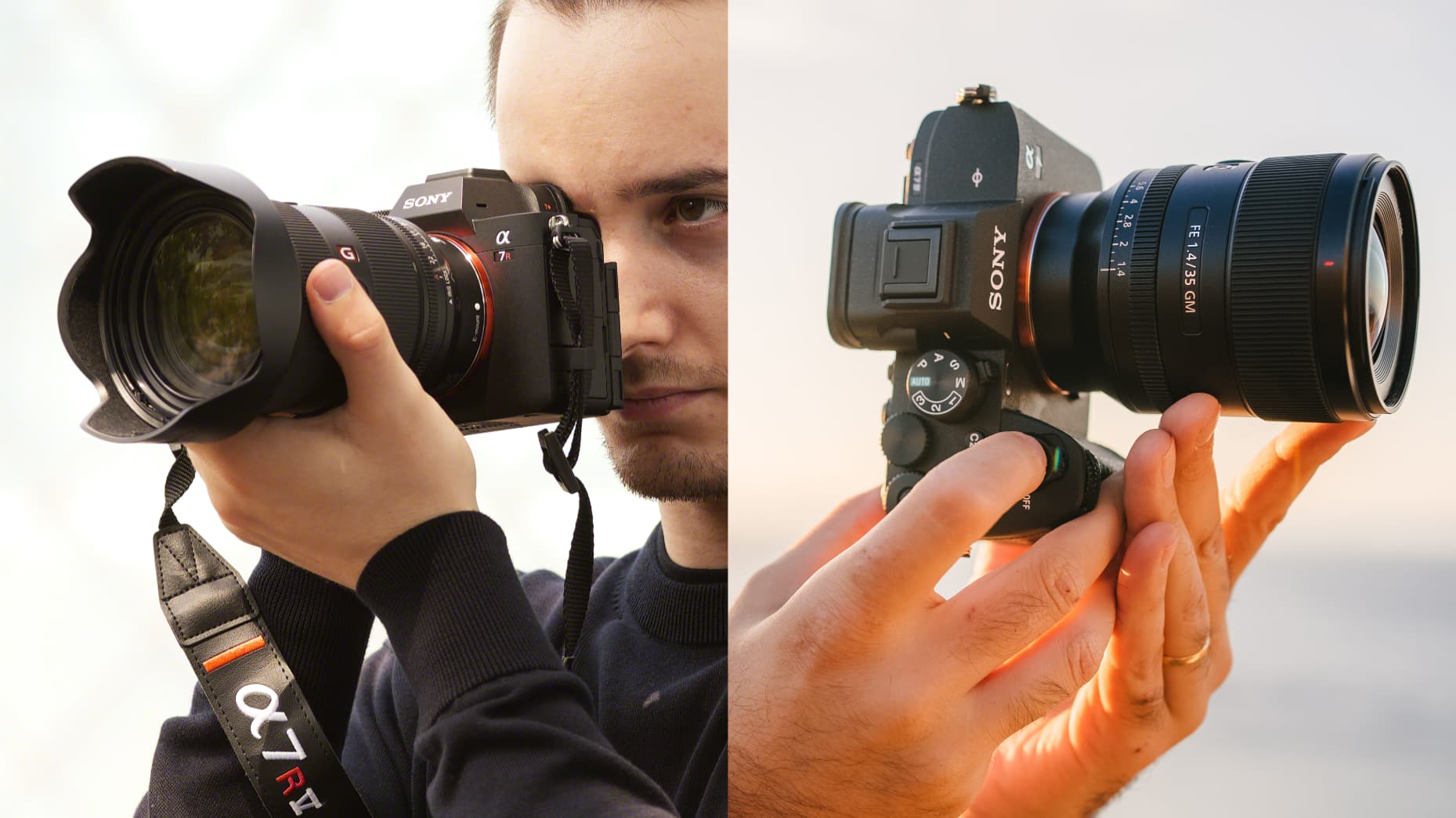
The Sony A7R V tops the charts for resolution in the Sony line-up, but this new camera also offers 10fps shooting with a huge buffer capacity and 8K video too. The Sony A7R V can do practically anything, it seems.
Without a doubt, the Sony A7R V deserves recognition as one of the best Sony cameras, the best cameras for professionals and even the best mirrorless cameras in general. Like its predecessor, the Sony A7R IV, it's one of the highest resolution cameras you can buy.
That’s exactly what we thought of the hugely expensive Sony A1 when that came out, and you can see how these two cameras compare today in our Sony A7R V vs Sony A1 comparison.
But lower down the scale is another Sony do-it-all camera, the Sony A7 IV, a camera we’ve been pretty impressed with because of its resolution hike over earlier Sony base models, its 4K video capabilities and Sony’s ever-reliable AF. It even has a vari-angle screen, which is a long-overdue concession from Sony, not to mention 10fps shooting to match the A7R V.
33MP is a pretty decent resolution, and if the Sony A7 IV can match many of the features of the A7R V at little more than half the price, what does the A7R V do to justify the extra cost?
Here’s where we go through the key specifications one-by-one to find out.
Sony A7R V vs Sony A7 IV
Why you can trust Digital Camera World
1. Sensor
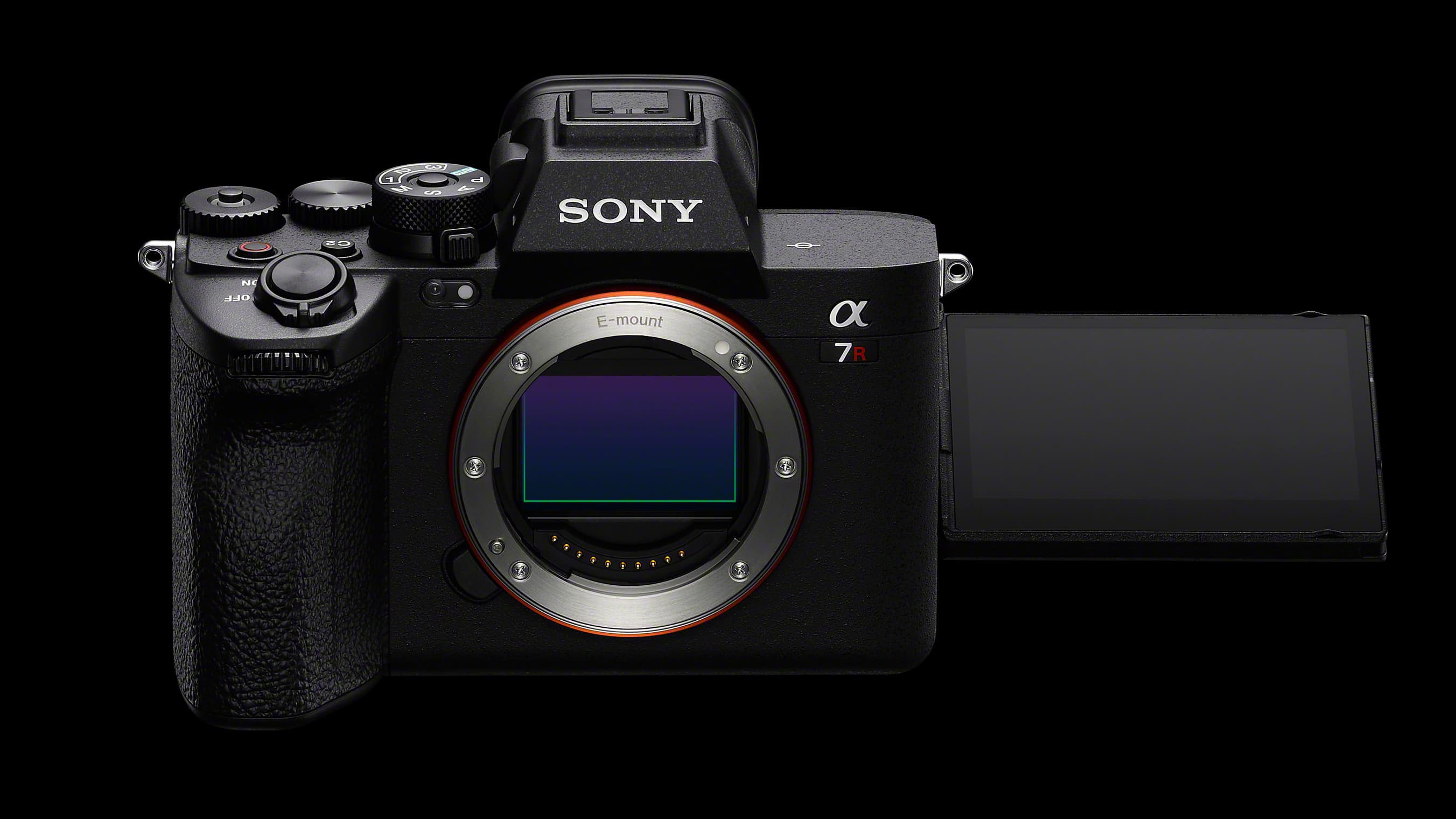
• Sony A7R V: 61MP back-illuminated Exmor R CMOS, 240MP Pixel Shift
• Sony A7 IV: 33MP back-illuminated Exmor R CMOS
We say in the introduction that the 33MP sensor of the Sony A7 IV is a welcome and significant increase over earlier 24MP models, but it’s still barely more than half the resolution offered by the Sony A7R V. Not only that, the A7 IV has no Pixel Shift high resolution mode, so 33 million pixels is your lot. Much of the time that might be plenty, but it does restrict the usefulness of the A7 IV’s Medium (14.2MP) and Small (8.2MP) image sizes. There’s more on this in the section on raw formats below.
2. ISO range
• Sony A7R V: ISO 100-32,000 (exp 50-102,400)
• Sony A7 IV: ISO 100-51,200 (exp 50-204,800)
We would expect a lower resolution camera with the same sensor size to be a little better in low light, and the Sony A7 IV does have a 1EV advantage in maximum ISO (near enough) both in its standard ISO range and its extended range. Is this enough to make the A7 IV a low-light winner? That’s going a little too far for such a relatively small difference. It may be better, but don’t choose it for that reason.
3. Raw formats
• Sony A7R V: Uncompressed, compressed, lossless raw 61MP/26MP/15MP, APS-C 26MP/15MP
• Sony A7 IV: Uncompressed, compressed, lossless raw 33MP/14.2MP/8.2MP
Both cameras can capture uncompressed, compressed and lossless raw files, and lossless raw comes in three image sizes – Large (normal), Medium and Small.
These size choices make more sense on the A7R V because it has the resolution to handle them. On this camera, a Medium raw file is still 26MP and a Small one is 15MP. On the A7 IV, Medium is 14.2MP and Small is just 8.2MP – far less appealing.
What’s more, the A7 V can also switch to an APS-C crop and deliver 26MP and 15MP files in this mode too, which could be useful for long-range telephoto shots, for example.
The A7R V’s mix of compression formats, image sizes and crop factors makes its raw options more complicated, but also more useful.
4. Continuous shooting
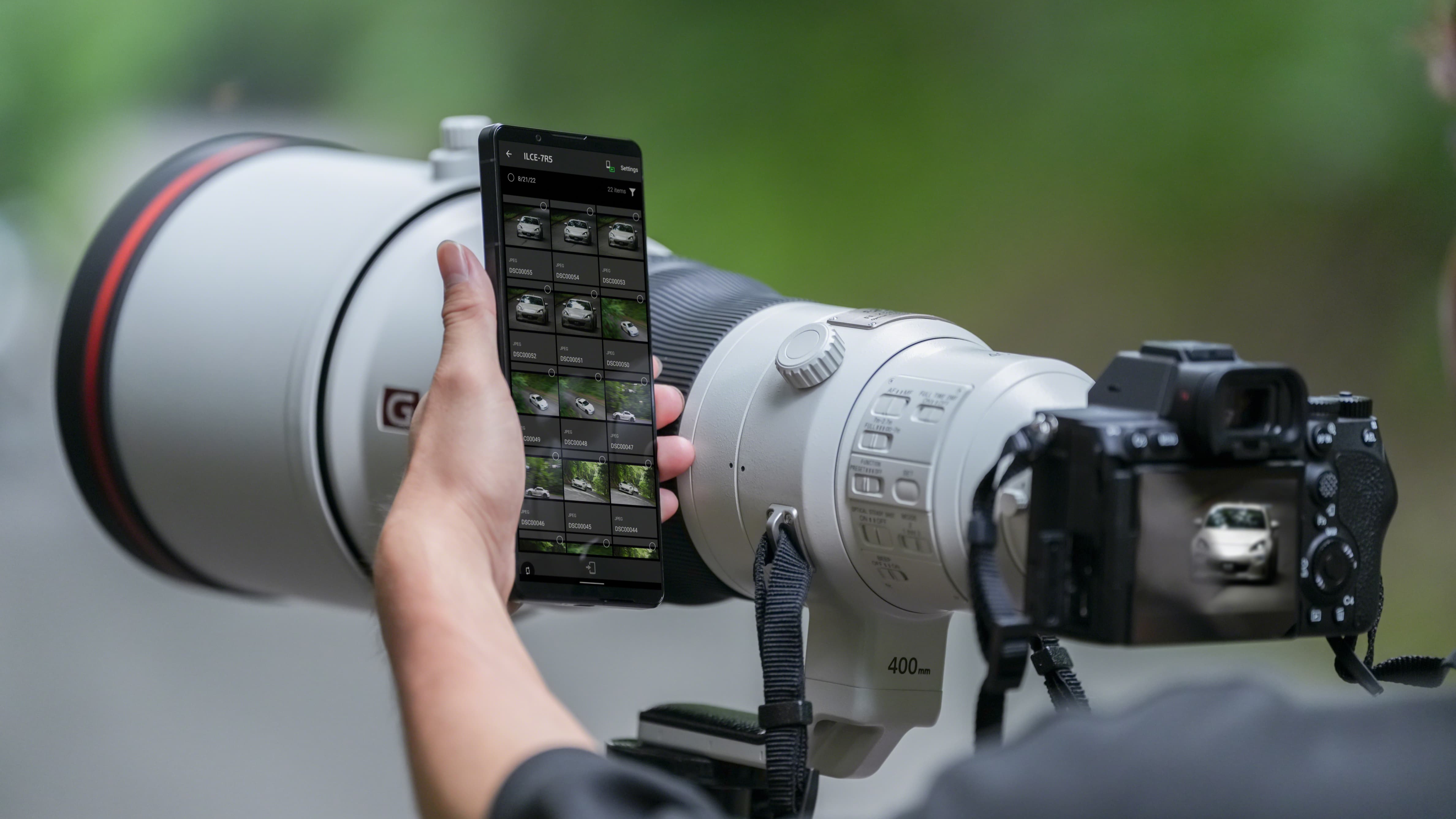
• Sony A7R V: 10fps mechanical & electronic, buffer 583 compressed raw
• Sony A7 IV: 10fps, buffer 1,000+ lossless compressed raw
Neither camera is designed as a sports specialist, but both can shoot at a pretty impressive 10fps and each camera has a huge buffer capacity. On paper, the A7 IV’s is larger, but it’s unlikely to make any practical difference.
Of course, burst shooting isn’t just about frame rates and buffer capacities, but autofocus too.
5. Autofocus
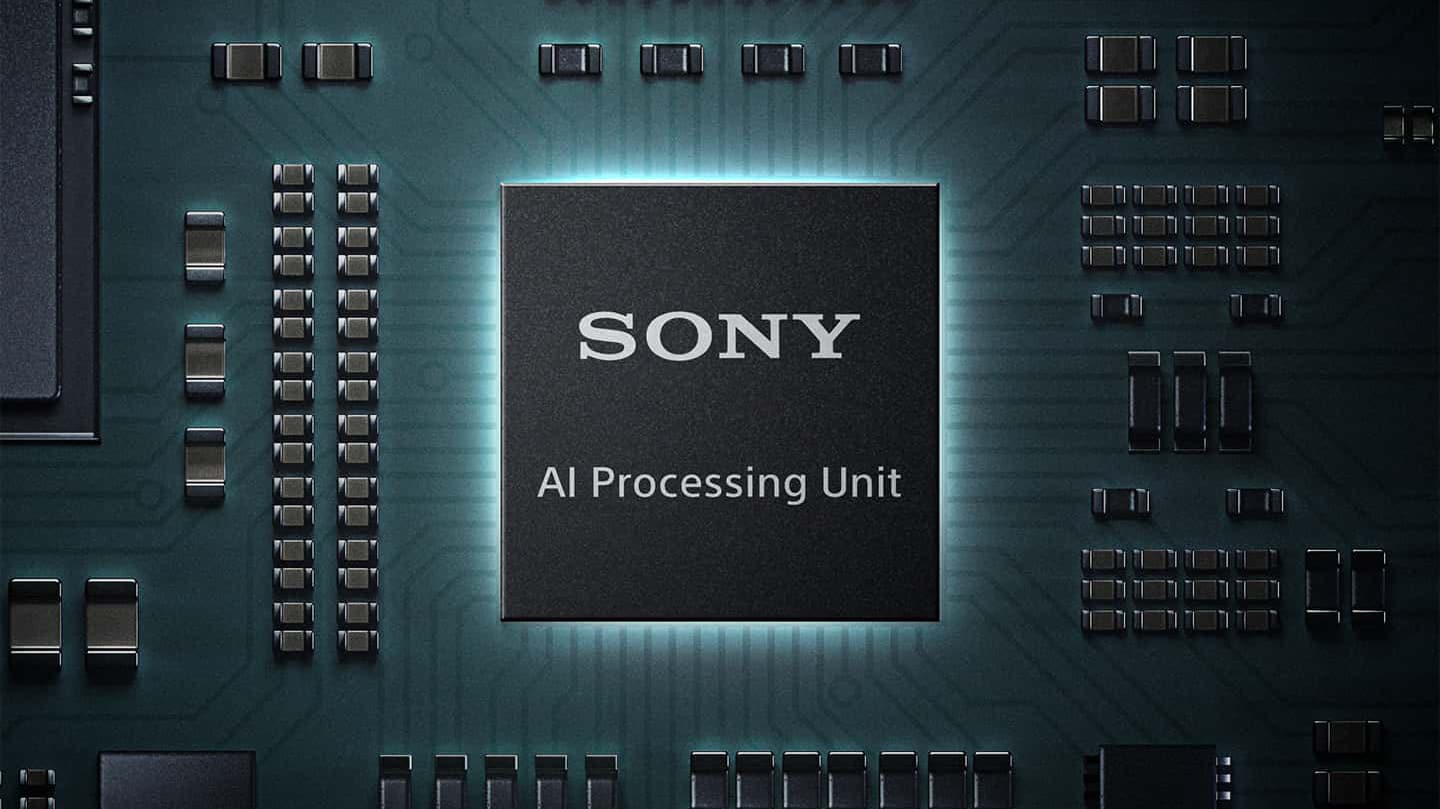
• Sony A7R V: 693 AF points, 79% coverage, -4EV sensitivity, AI processing unit
• Sony A7 IV: 759 AF points, 94% coverage, -4EV sensitivity
The Sony A7 IV starts off at an advantage, with a larger number of AF points covering a larger percentage of the image – 94%, in fact.
But the A7 R V has an ace up its sleeve, its new AI processing unit, which takes its subject recognition to new heights – and right now it’s the only Sony model to have this. The A7 IV autofocus system is perfectly good – one of the best in fact – but the A7R V goes further.
6. Video
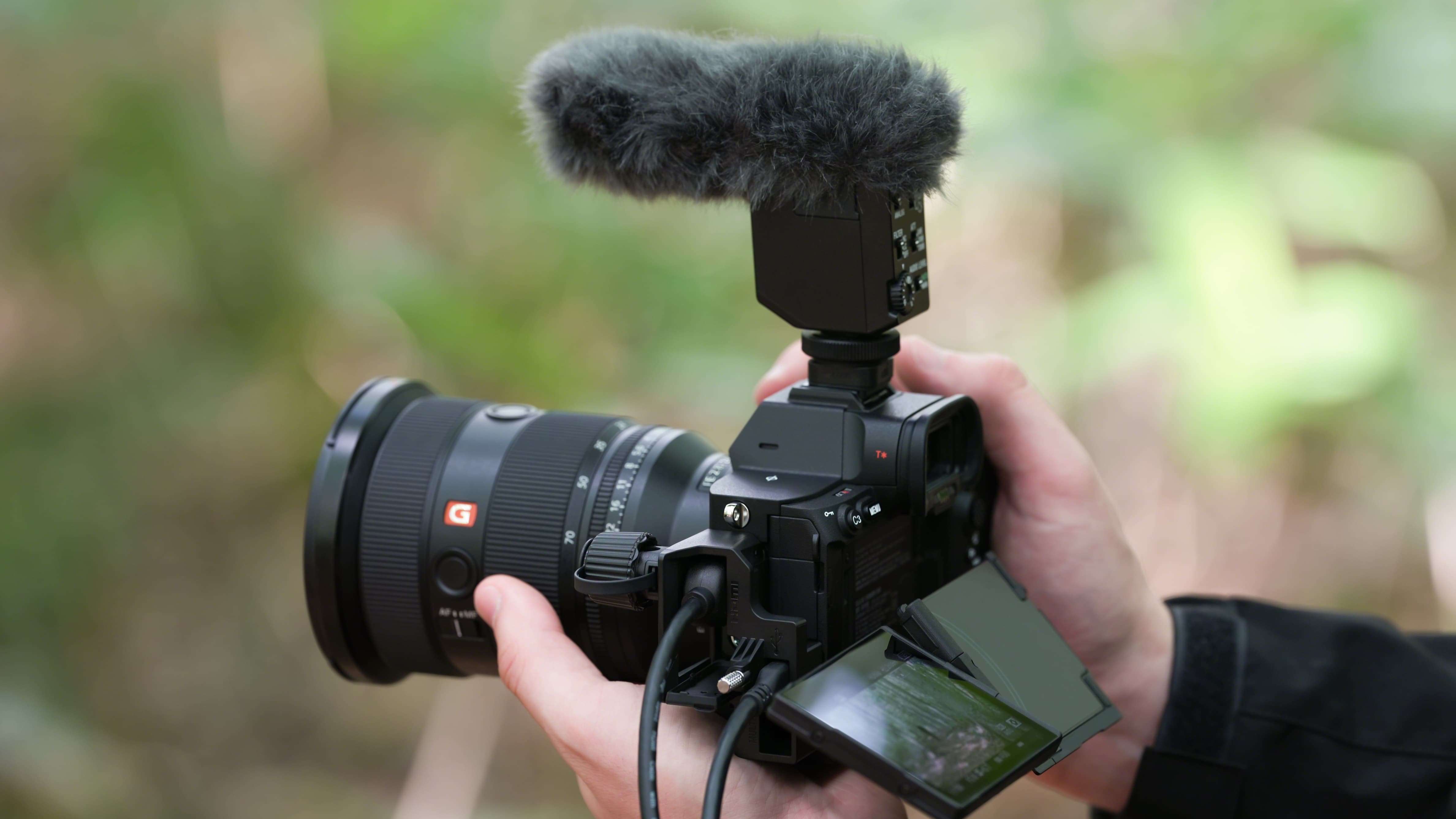
• Sony A7R V: 1.2x crop 8K 24p, 4K 60p, Super35 oversampled 4K
• Sony A7 IV: 4K 30p full width, 4K 60p Super35
Neither camera is a video specialist by any means, and despite the Sony A7R V’s headline 8K capture, its resolution actually introduces more compromises. Both 8K and 4K ‘full width’ capture are actually with a 1.2x crop, and if you want high-quality oversampled 4K you have to switch to a Super35 crop. From 8K to Super35 4K is a bit of a come-down. The A7R V's sensor basically has too much resolution for video.
The Sony A7 IV does capture full-width 4K oversampled from 7K data, so for 4K video, this is the camera that combines full-width capture and oversampling, where the A7R V does not. Even here, though, if you want 4K 60p capture, the A7 IV has to switch to a Super35 crop.
The A7R V has the headline specs, the A7 IV has the everyday practicality, but neither stands out against the many good hybrid cameras on the market now.
7. Stabilization
• Sony A7R V: 5-axis IBIS, up to 8 stops compensation
• Sony A7 IV: 5-axis IBIS, up to 5.5 stops compensation
Sony has tweaked its in-body stabilization algorithms in the A7R V to offer up to 8 stops of shake compensation, which is a big step up from the 5.5-stop maximum of the A7 IV. Whether that difference will be as large in practice will only be seen after a lot more testing, but the A7R V has a definite technical advantage here.
8. Displays
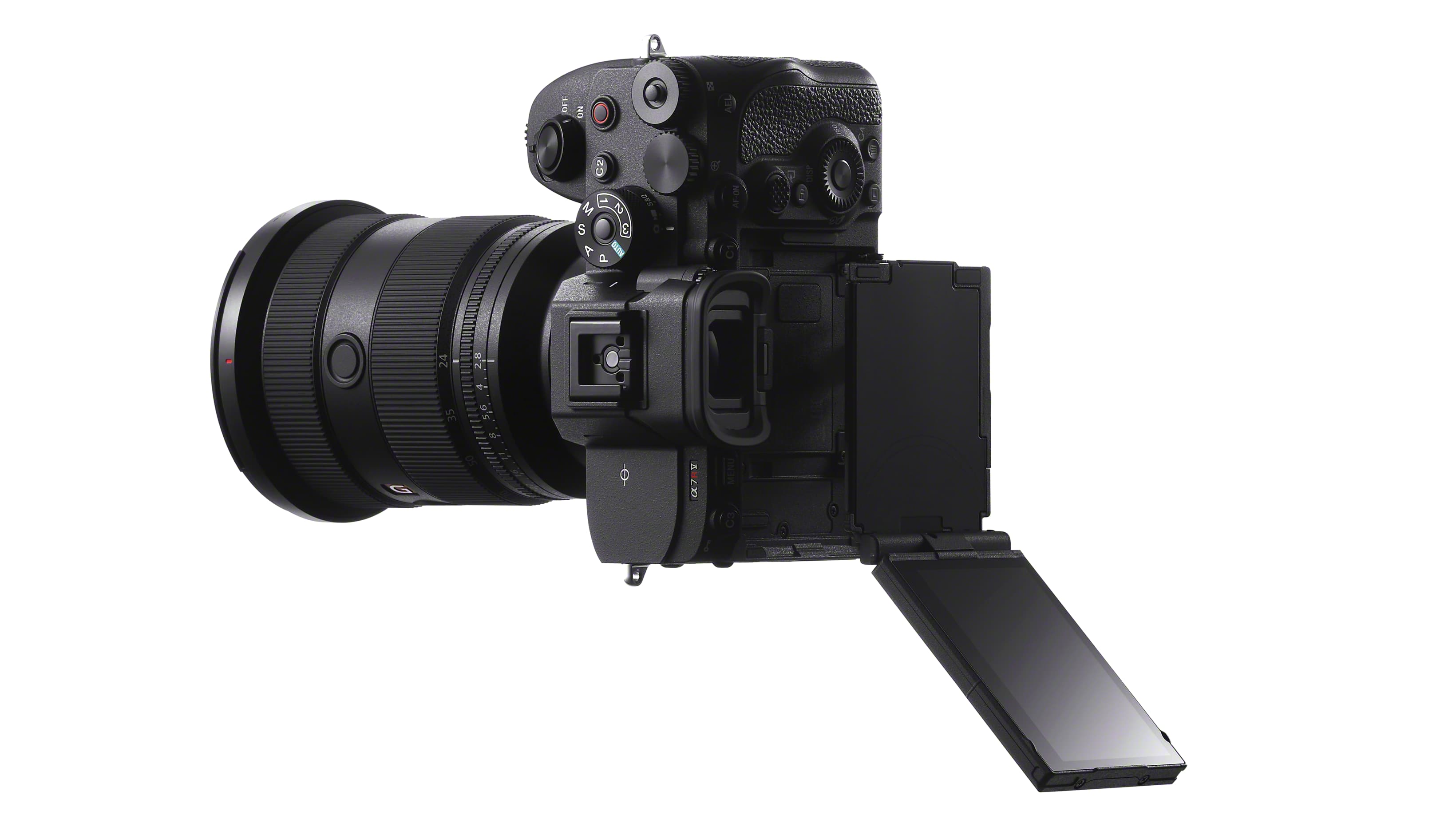
• Sony A7R V: 9.44m-dot EVF, 2.1m-dot 3.2-inch 4-way multi-angle screen
• Sony A7 IV: 3.69m-dot EVF, 1.037m-dot 3-inch vari-angle screen
We were pleased that the Sony A7 IV got a vari-angle screen rather than a tilting one, but the A7R V goes further, combining both a tilt and a side pivot action, so that you can use whichever suits you best.
Not only that, the A7R V’s screen is a little larger and has twice the resolution, and this resolution advantage stretches to its 9.44m-dot EVF, which is way more than the 3.69m dots of the A7 IV’s viewfinder.
9. Storage
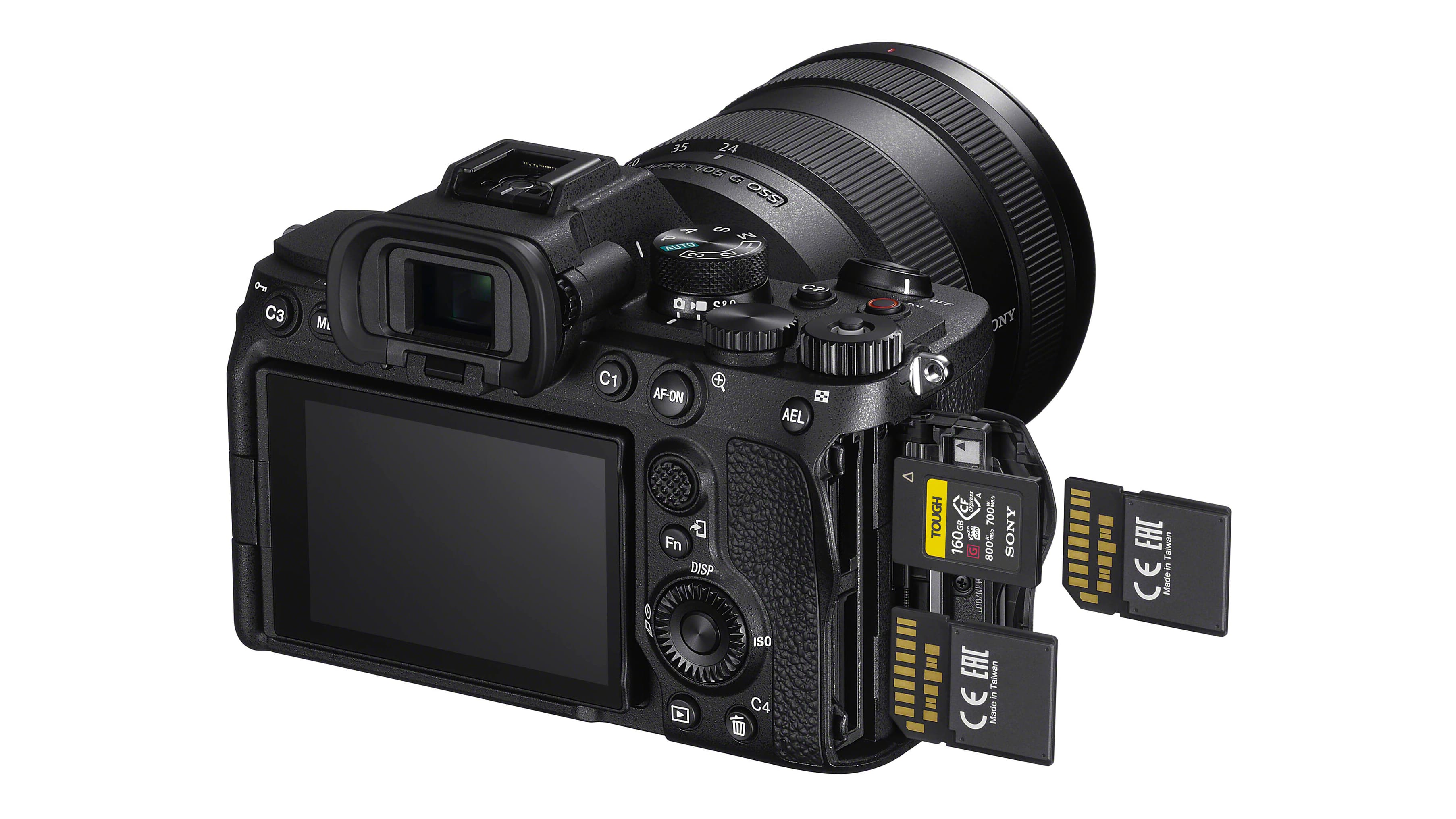
• Sony A7R V: 2x SD UHS II/CFexpress Type A
• Sony A7 IV: 1x SD UHS II/CFexpress Type A, 1x SD UHS II
Both cameras have dual memory cards slots, but there’s a difference that can easily be overlooked. The A7R V has two combined SD UHS II/CFexpress Type A slots, but the A7 V has only one – its other slot is just for regular UHS II cards.
This does allow the A7 IV to use a CFexpress Type A card for those handful of situations where a UHS II card just won’t be fast enough, but it does seem like a bit of cost-saving compared to the A7R V’s matched card slots.
10. Dimensions
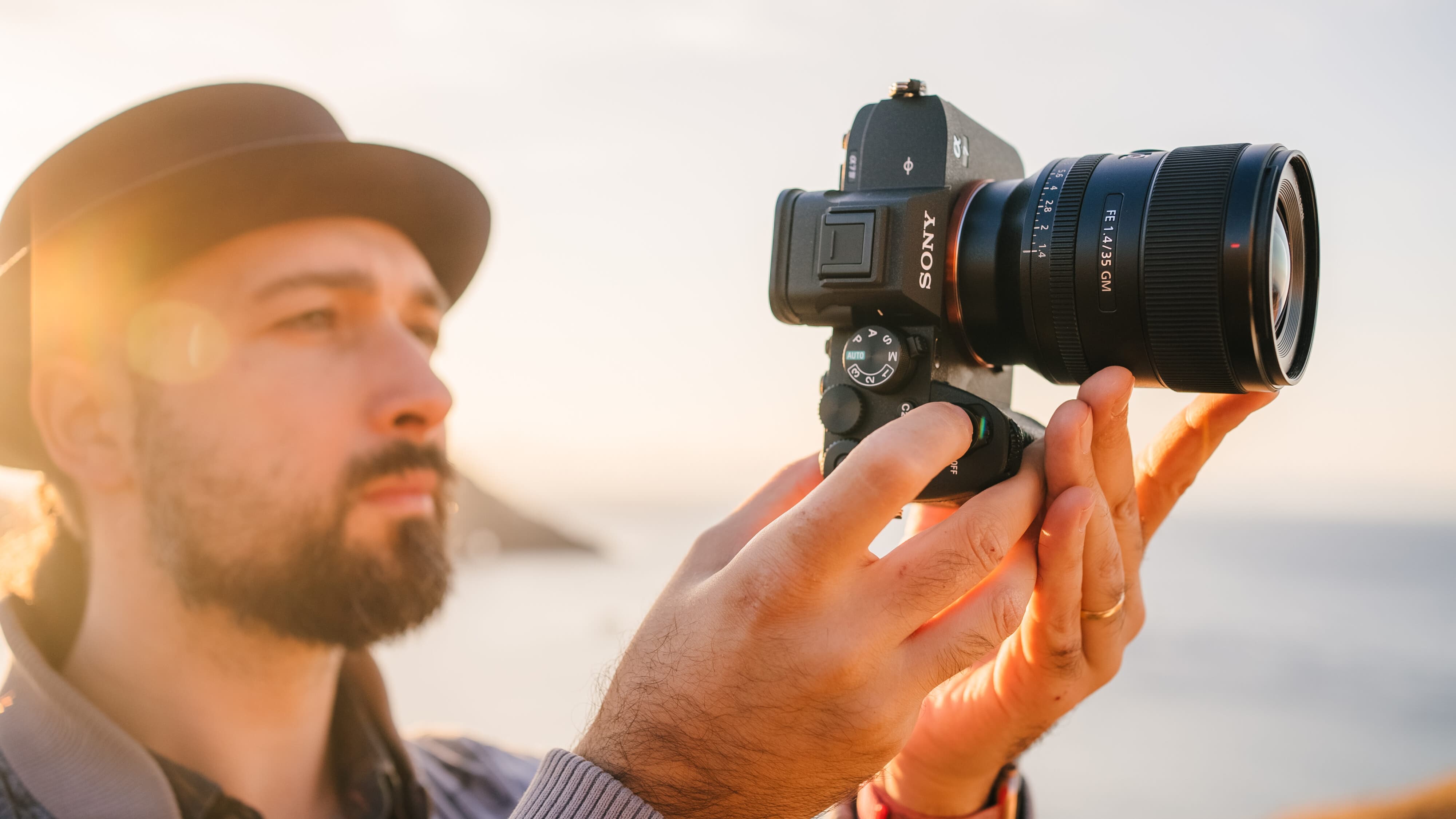
• Sony A7R V: 131.3 x 96.9 x 82.4mm, 723g
• Sony A7 IV: 131.3 x 96.4 x 79.8mm, 658g
Apart from just a couple of extra millimeters in depth for the A7R V, these cameras are effectively the same size. The A7R V is a little heavier, but you’re not likely to notice any difference with a big, fat G Master lens stuck on the front.
Sony A7R V vs Sony A7 IV: conclusions

You might say it’s not exactly fair to compare two cameras with such different price points, but they are likely to appeal to broadly the same users who will want to know what the A7R V offers that might make it worth the extra, and what you have to give up with the A7 IV to save that cash – so it is an appropriate comparison after all.
We were impressed by the Sony A7 IV’s balance of features, cost and performance when it first came out, but the A7R V makes it clear just how many compromises come with that lower price point. The A7R V is an expensive camera (not as expensive as the A1, thank goodness!), but everything is better – not just in one area or another, but practically everywhere.
Even so, if 33MP is enough and you want a good-quality hybrid camera while keeping costs under control, the Sony A7 IV is the best choice – it looks ideal for weddings, portraits and events in particular.
But if you want the best quality, the best features, the latest and best autofocus, the best displays and just the best generally, it has to be the Sony A7R V. Except for video. It can do it, but there are better, cheaper alternatives.
Get the Digital Camera World Newsletter
The best camera deals, reviews, product advice, and unmissable photography news, direct to your inbox!

Rod is an independent photography journalist and editor, and a long-standing Digital Camera World contributor, having previously worked as DCW's Group Reviews editor. Before that he has been technique editor on N-Photo, Head of Testing for the photography division and Camera Channel editor on TechRadar, as well as contributing to many other publications. He has been writing about photography technique, photo editing and digital cameras since they first appeared, and before that began his career writing about film photography. He has used and reviewed practically every interchangeable lens camera launched in the past 20 years, from entry-level DSLRs to medium format cameras, together with lenses, tripods, gimbals, light meters, camera bags and more. Rod has his own camera gear blog at fotovolo.com but also writes about photo-editing applications and techniques at lifeafterphotoshop.com
